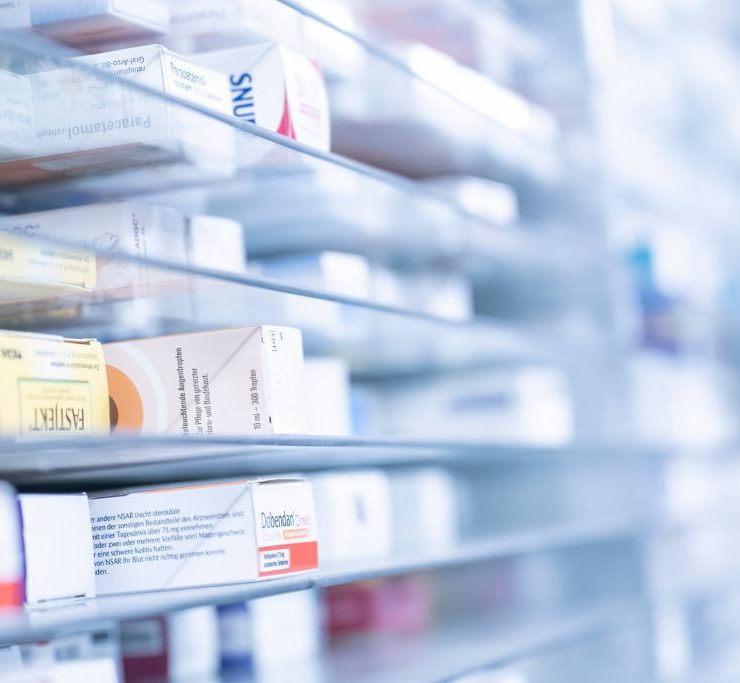How to Storage Bacteriostatic Water

Bacteriostatic water is a sterile solution with a preservative that helps prevent bacterial growth, which makes it ideal for medical and research purposes. Proper storage is needed to maintain its sterility, effectiveness, and safety. Whether you use it for injections, diluting medications, or laboratory experiments, knowing how to store bacteriostatic water correctly will extend its usability and prevent contamination. Here’s a comprehensive guide on how to store bacteriostatic water properly.
Why Proper Storage Matters
Bacteriostatic water contains benzyl alcohol as a preservative, which holds back bacterial growth and keeps the solution safe for up to 28 days after opening. However, improper storage can lead to contamination, reduced effectiveness, and potential safety risks.
Key Storage Guidelines
-
Keep it in a cool, dry place
Temperature plays a critical role in maintaining the sterility and quality of bacteriostatic water.
- Optimal Temperature: Store it between 20°C and 25°C (68°F to 77°F). Avoid extreme heat or freezing temperatures.
- Avoid Moisture: Store in a dry environment to prevent bacterial contamination or damage to the packaging.
Tip: A medicine cabinet or a dedicated medical supply box works well for storage.
-
Protect from Light
Direct sunlight or strong artificial light can degrade the solution over time.
- Keep the vial in its original packaging if it provides light protection.
- Alternatively, store it in a shaded or dark area.
-
Ensure a Sterile Environment
Once opened, bacteriostatic water can be used for up to 28 days if handled correctly. Maintaining a sterile environment is crucial.
- Always clean your hands and workspace before handling the vial.
- Use a sterile syringe for each use to prevent introducing contaminants.
-
Store Upright and Securely Sealed
- Keep the vial upright to prevent leaks or spills.
- Ensure the cap is tightly sealed after each use to protect the contents from airborne particles or contaminants

-
Monitor Expiration Date
Bacteriostatic water has a specific shelf life:
- Unopened Vials: Check the expiration date printed on the packaging and avoid using expired products.
- Opened Vials: Use within 28 days to ensure sterility and effectiveness. After this period, discard any remaining solution.
-
Avoid Contaminating the Solution
Contamination can compromise the sterility of bacteriostatic water. Follow these precautions:
- Never reuse syringes or needles.
- Avoid touching the vial’s rubber stopper with unclean hands or objects.
- Dispose of the vial immediately if you notice discoloration, particles, or a strange odor.
Common Mistakes to Avoid
-
Storing in the Refrigerator or Freezer
Many people assume refrigeration extends the life of bacteriostatic water, but freezing or refrigerating it can actually cause precipitation or compromise the preservative’s effectiveness. So always store it at room temperature.
-
Exposing to Heat
Avoid storing bac water near heat sources like radiators, stoves, or direct sunlight, as high temperatures can degrade the solution.
- Using After 28 Days
Even with proper storage, bacteriostatic water is not safe to use after 28 days of opening. Benzyl alcohol’s effectiveness diminishes over time, increasing the risk of bacterial contamination.
Safe Disposal Practices
When it’s time to dispose of unused bacteriostatic water, follow these steps:
- Do not pour it down the drain or flush it.
- Place the vial in a sealed plastic bag.
- Dispose of it according to local medical waste regulations or return it to a pharmacy offering disposal services.
Proper disposal ensures environmental safety and prevents accidental misuse.
Frequently Asked Questions
Can I Store Bacteriostatic Water in the Refrigerator?
No, refrigeration is unnecessary and may cause changes to the solution’s stability. Room temperature is sufficient.
How Can I Tell if Bacteriostatic Water Is Contaminated?
Signs of contamination include discoloration, cloudiness, floating particles, or an unusual smell. Discard the vial immediately if you notice any of these changes.
Is It Safe to Use Bacteriostatic Water Past Its Expiration Date?
No, using expired bacteriostatic water is unsafe. The preservative loses its effectiveness, increasing the risk of contamination.
Final Thoughts
Proper storage of bacteriostatic water is needed in order to maintain its sterility, safety, and effectiveness. Always store it in a cool, dry, and dark place, avoid contamination, and adhere to usage guidelines. By following these tips, you can ensure that your bacteriostatic water remains reliable for all your medical or research needs. For any concerns or questions about its use or storage, consult a healthcare professional or the product manufacturer. Proper care and handling will help you maximize the utility of this essential solution.

